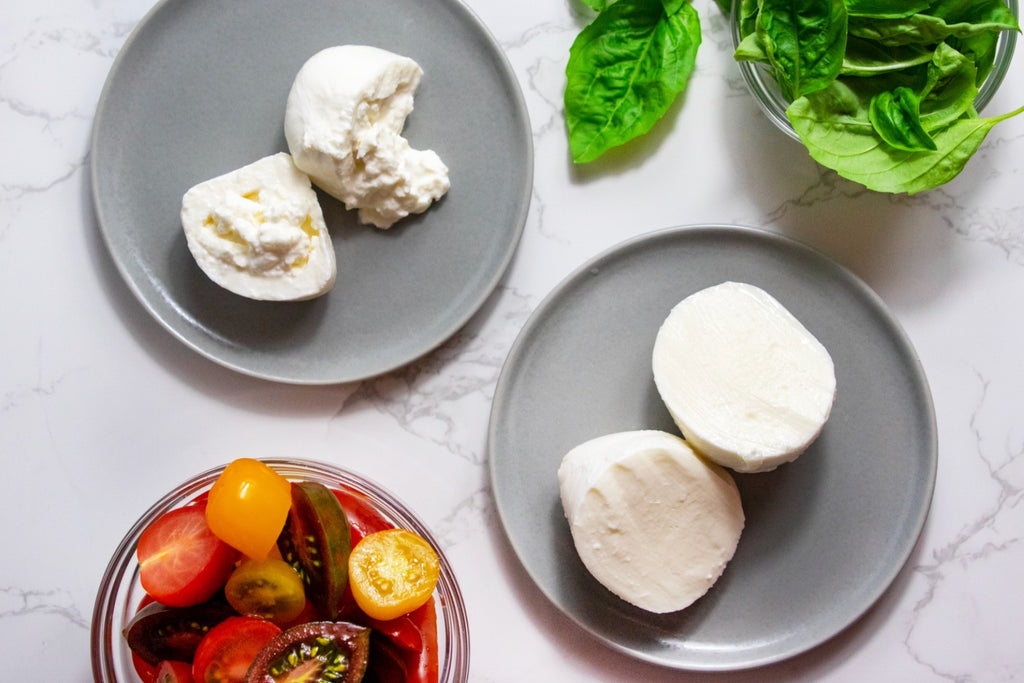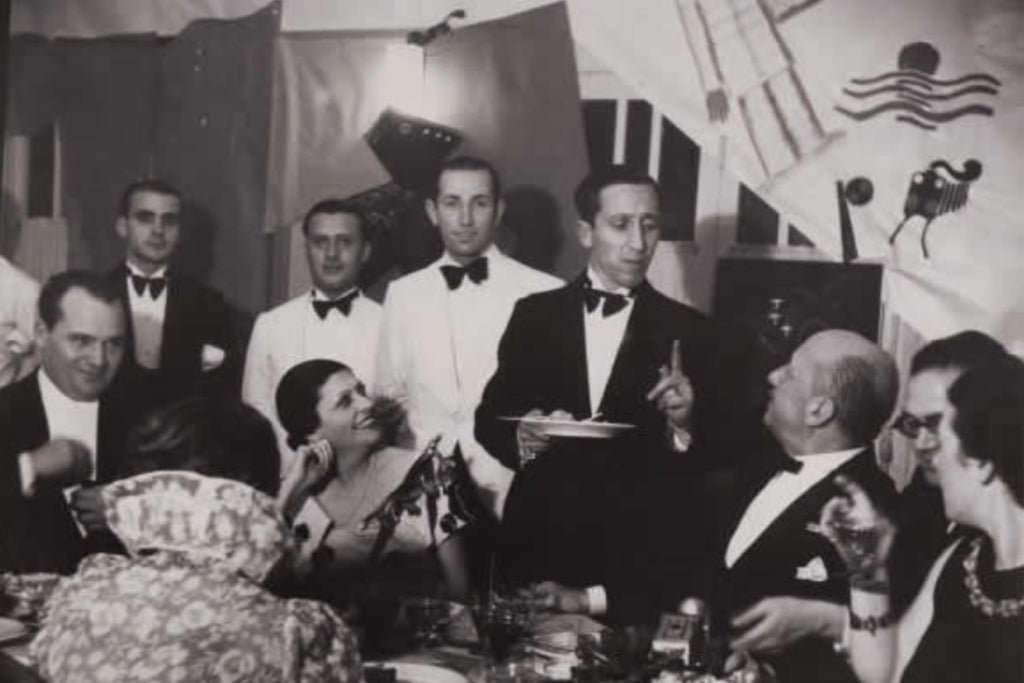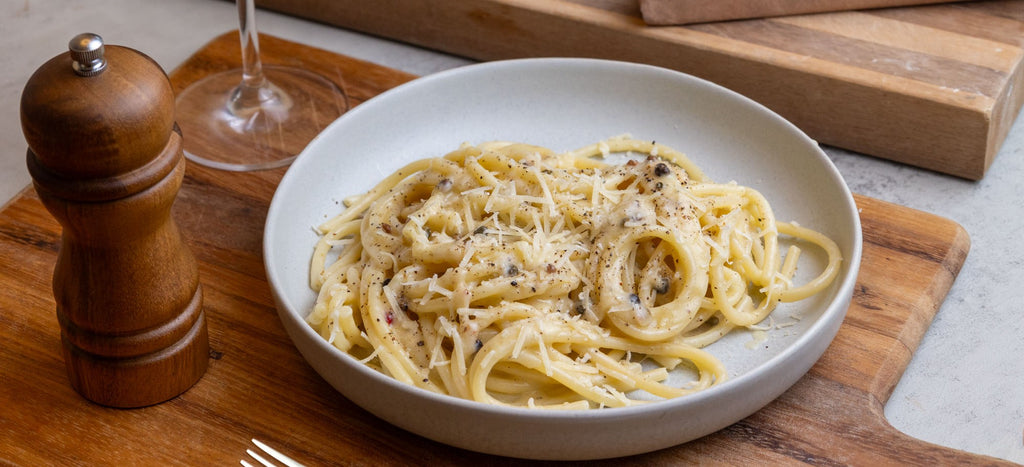The beloved dish was part of a radical, controversial art movement more than 100 years ago.
When warm temperatures arrive, there are few dishes as satisfying as the simple insalata caprese: slices of juicy, perfectly ripe tomatoes and creamy mozzarella, fresh green basil leaves, and a drizzle of good olive oil. It’s so simple to make, you could barely call it cooking—more like arranging! It seems to be the pinnacle of the traditional Italian cooking philosophy of choosing good ingredients and letting them speak for themselves.

But while it’s now a beloved classic of Italian cuisine, the Caprese salad’s birth was a bold rejection of tradition. It was an avant-garde vision of the future from a unique artists’ movement that thrived in Italy in the first few decades of the 20th century.
The Italian Futurist movement began in 1909 as an embrace of modern technology and innovation. It was at this time that Italians were becoming fascinated with the newly invented automobile, and Futurists argued that art, literature, and even food should evolve just as quickly as airplanes and race cars did. They rejected the old-fashioned and the traditional—and, most controversially of all, they rejected pasta.
In Filippo Tommaso Marinetti’s Manifesto of Futurist Cooking, the Futurist leader described pasta as making Italians heavy and stagnant. “The defenders of pasta are shackled by its ball and chain like convicted lifers,” he wrote. Only by leaving pasta behind would Italians be energetic enough to succeed in the fast modern world.

Photo Credit: Journal of Art in Society
So when the Futurists held a conference and art exhibition at the Hotel Quisisana in Capri in 1922, pasta was definitely not on the menu. Instead, the hotel’s chef served a deconstructed pomodoro with uncooked, thickly sliced tomatoes and mozzarella scattered with olive oil and whole basil leaves. It was fresh, fast, and decidedly untraditional—everything the Futurists loved.
As it turned out, everybody else liked it, too. The dish became a staple in Capri hotels and gained fame in the 1950s, as Capri was becoming a destination for international jet setters. When King Farouk of Egypt was exiled to the island in 1952 after a military coup, he became a massive fan of his hotel’s Caprese, reportedly ordering it in sandwich form for lunch every day.
As with nearly every beloved Italian dish, the Caprese salad’s origin story is subject to some debate. Some argue that it was invented by a patriotic bricklayer from Capri who wanted a dish in the colors of the Italian flag, while others say it was invented in the 1950s to appeal to visiting tourists who wanted a lighter dish. But we love the idea that these brash, iconoclastic artists were able to create a dish that so captured the spirit of Italian cuisine that we’re still enjoying it a century later.
















0 comments